How To Enjoy Camel Riding In Desert Destinations
Ever wondered what it feels like to glide across golden dunes on the back of a camel? Desert safari trips offer more than just transportation—they connect you with centuries of tradition, adventure, and cultural experiences that transform a simple ride into an unforgettable memory.
Why Camel Riding Remains A Timeless Adventure?
Camels have been called the “ships of the desert” for good reason. Long before planes and highways, they carried traders, nomads, and explorers across some of the harshest landscapes on earth. Today, camel riding keeps that ancient rhythm alive, offering travelers a slower, more grounded way to explore desert terrains.
Unlike modern off-road vehicles that roar through sand, camels move quietly, giving you time to take in the surroundings—the endless dunes, the shifting light, the silence that stretches for miles. There’s a meditative quality in their steady sway, a reminder of how journeys once unfolded when time was measured by footsteps instead of speed.
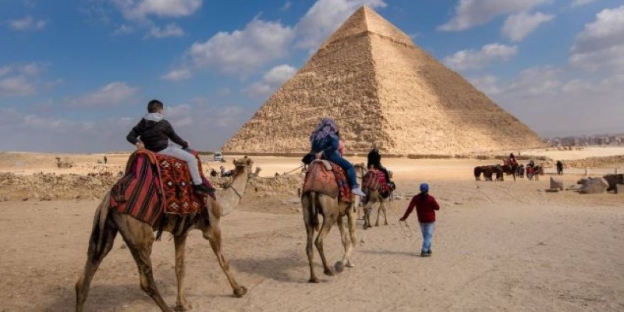
This timeless activity becomes both heritage and adventure. You’re not just sitting on an animal—you’re taking part in a cultural tradition that connects you with the people who’ve relied on camels for survival. That blend of story and scenery is what makes camel rides stay with you.
Camel riding isn’t limited to one desert—it’s a global experience, and each region adds its own flavor. In the Middle East, destinations like Dubai and Abu Dhabi combine luxury desert safari trips with Bedouin traditions, while Oman offers more serene rides through rugged wadis and golden dunes.
North Africa offers Morocco’s famous Merzouga dunes and Egypt’s desert routes near the Giza pyramids. These cultural tours often include music, storytelling, and local food, turning your ride into something much more immersive.
In South Asia, Rajasthan’s Thar Desert brings colorful festivals and camel caravans that echo old trade routes. Pakistan’s Cholistan Desert offers a similar sense of history with fortress backdrops.
In Mongolia’s Gobi Desert and Australia’s Red Centre, camels tell a different story—one of adaptation and exploration. Every ride carries a different chapter, whether about trade, survival, or adventure.
What To Expect On A Desert Safari Trip?
A typical desert adventure begins before you even mount the camel. Most tours start with a hotel pickup to the edge of the sands, where guides welcome you with refreshments and a short briefing. When the camel rises—front legs first, then back—you’re gently lifted until your eye-level with the horizon.
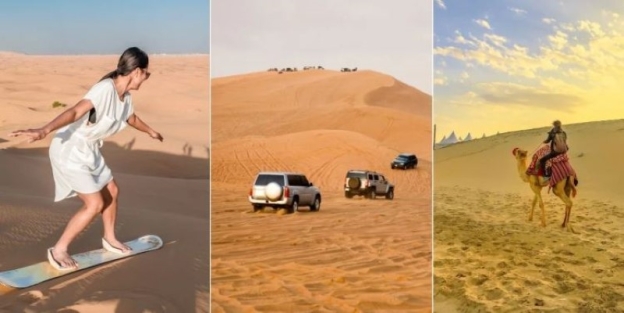
Rides can last from 30 minutes to multiple days. Short experiences are ideal for families, while overnight safaris offer the magic of sleeping under skies in the desert. Tours often include extras: 4x4 dune drives, sandboarding, or musical evenings around the fire.
Comfort varies. Some camps offer cushioned seating, shaded tents, and well-cooked meals. Others focus on simplicity—basic bedding and hearty local dishes. Either way, the camel’s gentle pace reminds you the desert doesn’t rush—and neither should you.
Expect to pay around $40–$90 USD for short rides, $120–$250 for half-day or sunset trips with dinner, and $300+ for overnight safaris, depending on location and luxury level.
Camel Riding Activities For Every Traveler
Camel riding offers something for every kind of traveler. Whether you're looking for a brief introduction or a longer journey, there’s a ride that suits your time, interest, and comfort.
Family-Friendly Rides
Families usually prefer shorter rides—typically 30 to 60 minutes. These are often part of larger desert safari experiences that include shaded rest stops and other family-friendly features. Trained camels and knowledgeable guides ensure the ride feels safe and enjoyable for kids and first-timers alike.
- Approximate Price: $15–$40 per person
- Best Season: Early mornings in spring or autumn to avoid the midday desert heat
- Operational tips: Book in advance online to save 10–15%. Bring cash (~$20 per person) for tips or small snacks.
Romantic Sunset Experiences
Couples often choose romantic sunset rides. As the sun dips, the dunes glow in hues of orange and gold. These rides often end with a cozy dinner in a desert camp, where lantern light and starry skies add to the atmosphere.
- Approximate price: $50–$120 per person (includes ride + desert camp experience)
- Best season: Late autumn to early spring—cool evenings, clear skies
- Operational tips: Booking a day ahead usually guarantees the best dunes. Bring a camera—the colors change every minute!
Multi-Day Treks For Adventurers
Adventure seekers may opt for multi-day treks, riding across vast dunes between camps. These journeys echo nomadic traditions, offering quiet, open landscapes, distant horizons, and nights under a canopy of stars.
- Approximate price: $200–$400 for 2–3 days (camping and meals included)
- Best season: Winter (Nov–Feb) for cooler nights
- Operational tips: Pack light, layered clothing; book at least a week in advance. Bring extra cash (~$50) for souvenirs or guide tips.
Cultural And Festival-Based Rides
Cultural travelers might time their visit with local festivals. The Pushkar Camel Fair in India or camel racing events in the UAE bring color, energy, and tradition. Here, camel riding becomes more than transport—it’s part of a living heritage.
- Approximate price: $20–$60 per person, depending on the festival package
- Best season: Festival-specific; generally late autumn in India, winter in UAE
- Operational tips: Book early as these rides sell out fast. Bring small denominations in cash for entrance fees, snacks, or souvenirs.
From casual visitors to deep explorers, camel riding offers a memorable way to connect with desert life, history, and people.
How To Choose The Right Camel Ride?
With so many options, finding the right camel ride depends on what kind of experience you're after. Some travelers want a social group outing with extra activities, while others prefer a quiet, private trek through open dunes. Think about your comfort level, time, and whether you’d enjoy a short taste or a full cultural journey.
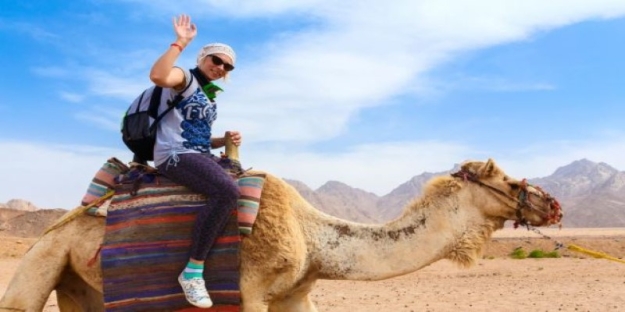
Start by looking into how operators treat their camels. Healthy animals have clear eyes, smooth coats, and walk with steady steps. Avoid tours where camels seem agitated or overloaded. Good guides care for the animals and keep the experience safe and respectful.
Reading reviews can help a lot. Looking for comments about the guides who share stories, explain traditions, or help with photos often make the trip more memorable. Some tours go further by supporting local communities or contributing to desert conservation, which adds value to your experience.
Responsible operators often adhere to global sustainability guidelines, such as those endorsed by the World Tourism Organization, ensuring that both wildlife and cultural practices are respected and protected.
If you're traveling during peak months, usually October through March—book early. Popular spots like Morocco’s Sahara or Rajasthan’s Thar Desert fill up fast, especially around festivals. Booking in advance can also save money, with some tours offering 10–15% discounts. The right setup turns a simple ride into something far more meaningful.
Cultural Desert Tours: More Than Just A Ride
Camel riding is often just the beginning of a much deeper experience. Many desert tours weave in rich cultural elements that reflect centuries of life in harsh but beautiful landscapes. As you ride, guides often share stories of ancient trade routes, survival techniques, and how nomadic groups have adapted to the desert’s extremes.
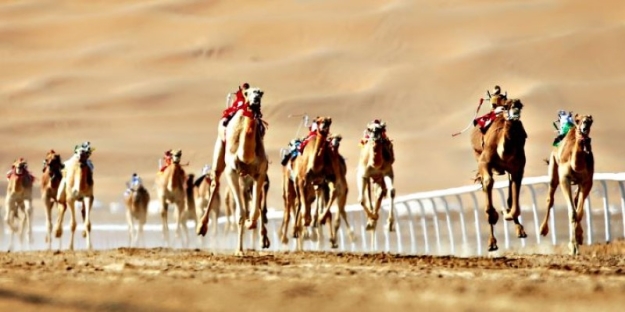
Food plays a central role, too. After the ride, it’s common to enjoy traditional meals—slow-cooked tagines, couscous, or flatbread baked over hot coals. Some evenings include live music or folk dance, bringing to life the traditions of the communities who’ve lived in the region for generations.
In destinations like Morocco, the UAE, Abu Dhabi, or India, tours may include visits to Bedouin or Berber settlements. Here, travelers can see how water is sourced, how homes are built using local materials, and how camels and goats are still part of daily life. These visits offer a personal look at how desert traditions endure.
Cultural desert tours do more than show you the scenery—they connect you to the people, stories, and practices that give the desert its soul. It’s not just a ride; it’s a journey into a way of life.
Practical Tips For First-Time Riders
First-timers often feel both excited and unsure. Here’s what helps: when the camel stands, it rocks forward then back. Hold the saddle handle, stay loose in your seat, and trust the motion quickly becomes second nature.
Wear light, breathable clothing. A scarf or shemagh protects from sun and sand. Sunglasses, a hat, and sunscreen are smart choices, and closed shoes are safer than sandals. Bring water, especially for rides for over an hour.
Photography is welcome, but sudden flashes or fast movements may startle the camel. Many tours pause for photos at scenic spots, so you’ll still get great shots.
If you’re staying overnight, bring a small bag with basics: water, sunscreen, charger, toothbrush, and a light jacket. Desert nights can feel chilly even after a hot day.
Expect to carry some local cash, especially for tipping or small market purchases. Not all camps accept cards, and having the equivalent of $10–$20 USD can be useful.
Safety, Comfort, And Camel Welfare
Camel rides should always feel adventurous yet safe. Reputable operators invest in trained staff, well-cared-for animals, and proper equipment. Before climbing onto a camel, check that the saddle, reins, and footrests are secure. If you are unsure, ask the guide to adjust them—most are experienced in helping first-time riders feel comfortable.
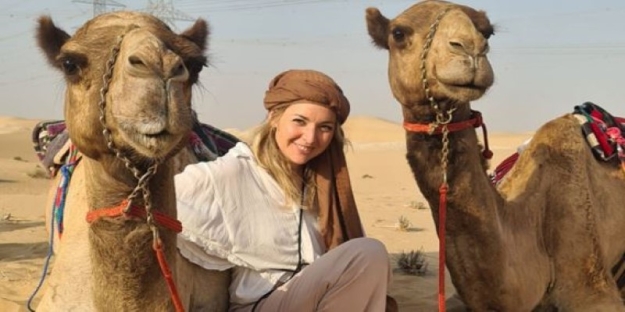
Camel welfare is central to a responsible experience. Avoid tours where animals look tired, overworked, or overcrowded. Good operators allow their camels frequent breaks, provide fresh water and shade, and limit the weight each animal carries. Healthy camels usually have a glossy coat, steady gait, and calm demeanor. Many trusted companies also follow guidelines from conservation bodies and organizations such as the Food and Agriculture Organization, which promote sustainable animal use in tourism.
Comfort for riders matters too. If you have back, hip, or knee issues, shorter rides are usually best. Some operators offer padded saddles that reduce strain, and stretching during scheduled breaks helps ease stiffness. Remember, the sway of a camel’s stride works muscles you might not normally use.
By choosing ethical operators, you support more than a ride—you help protect cultural traditions, animal welfare, and fragile desert ecosystems, ensuring camel riding remains meaningful for future travelers.
Travelers also play a role in responsible tourism. By supporting operators that prioritize ethical practices, you help preserve not only animal welfare but also cultural traditions tied to the desert. Organizations like the Food and Agriculture Organization provide resources on sustainable use of animals in tourism, a reminder that your choices make a difference.
Making Camel Riding Part Of A Bigger Journey
Camel riding often pairs with other desert adventures. In Morocco, rides through the Sahara can be combined with time in cities like Marrakech or Fes. In the UAE, camel rides might follow falconry shows, desert wildlife visits, or stargazing from luxury camps.
In India, camel safaris link easily with visits to palaces or forts. In Egypt, you can ride near the pyramids and then board a cruise on the Nile. Mongolia’s Gobi Desert pairs camel tours with hiking, mountain passes, and overnight stays in traditional ger tents.
Camel rides are often just the first layer—many travelers find the deeper joy in how these rides fit into wider experiences. Ask your guide about local customs, stargazing times, or nearby villages to visit. These little additions make your trip more personal.
Seasonal Highlights And Festivals To Explore
Camel riding feels even more special when paired with festivals that bring desert culture to life. In India, the Pushkar Camel Fair each autumn transforms the sandy landscape into a lively open-air celebration. Thousands of camels are groomed, paraded, and decorated with colorful fabrics and beads. Beyond the animals, the fair offers folk performances, traditional competitions, and bustling markets where you can sample local food or shop for handicrafts. Riding a camel during this event feels like stepping into living history.
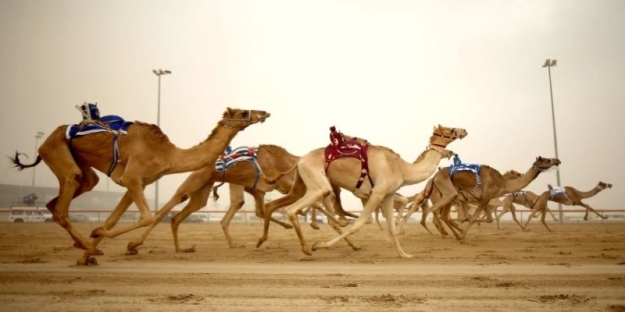
In the United Arab Emirates, camel racing continues to be one of the most popular traditions. Modern tracks near Abu Dhabi and Al Ain attract crowds with races that blend heritage and technology—robot jockeys now ride the camels, yet the excitement and community spirit remain unchanged. Travelers who time their desert safari with a race often describe it as an unforgettable highlight.
North Africa offers its own vibrant calendar. Morocco’s Erfoud Date Festival celebrates the date harvest each October with music, dance, and camel rides across the dunes. In Egypt, the Siwa Oasis Festival combines camel treks with seasonal markets and cultural performances, giving visitors a rare glimpse of traditions tied to the desert. These events turn a simple ride into an experience layered with culture, color, and history.
The Role Of Food And Hospitality In Desert Journeys
Beyond the dunes, the desert leaves another kind of memory—through its food and warmth. At the end of a ride, you might sit on cushions with mint tea, tagines, or dishes slow-cooked over fire. In Rajasthan, some guides even bake bread in hot sand, then serve it with chutneys, yogurt, and sometimes spiced lentils, creating flavors that feel both rustic and unforgettable after a day’s journey.
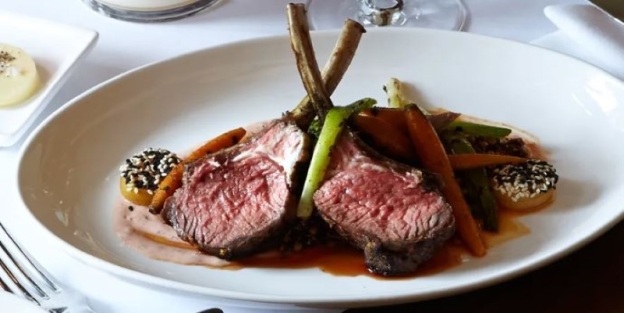
Guests are usually offered tea, coffee, or camel milk, depending on region. Around the fire, guides might share tales of old trade routes or life as a desert child. These aren’t rehearsed—they come naturally, and they stay with you long after the ride ends.
Hospitality is central to these cultures. A simple gesture, a shared story, a warm meal—those are often what people talk about the most when they return home, carrying the desert’s welcome with them.
The Magic Moments You’ll Remember
What stays with travelers after such a journey isn’t usually the length of the ride or the path taken, it’s the atmosphere. The wide sands have a way of slowing time, letting small details shine. Riders often recall the gentle sway of the camel, the shifting glow of dunes, and the sky melting into shades of gold and crimson as the sun dips low.
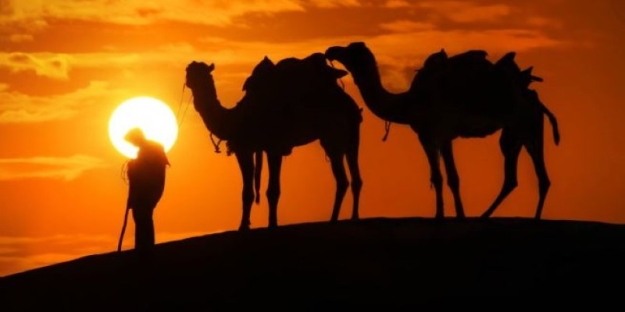
For those on overnight journeys, waking to the soft sound of camel hooves at dawn becomes a memory in itself. Others treasure evenings by the fire, sharing stories with guides under a canopy of stars brighter than city skies ever allow. Some remember the calm of moving through vast dunes without another person in sight.
These moments arrive unannounced, shaped by the desert’s rhythm. They’re not staged or hurried—they linger, turning a desert safari trips into an experience you carry long after you’ve gone.
A Journey Beyond The Ride
Camel riding is more than a bucket-list activity. It’s a shared history between land, animal, and people. Whether you're riding for an hour or traveling over days, the stories, food, silence, and sunlight turn a ride into something deeper.
Was this helpful? Share your thoughts
- Learned practical methods
- Solved my questions
- Inspired new ideas




